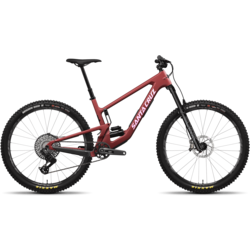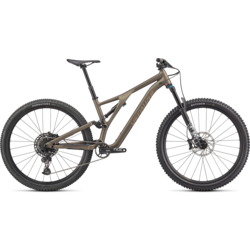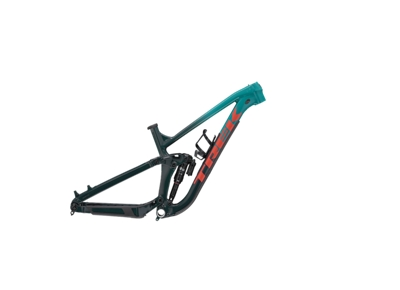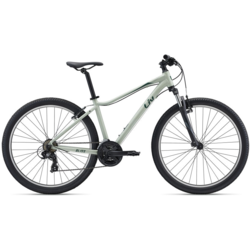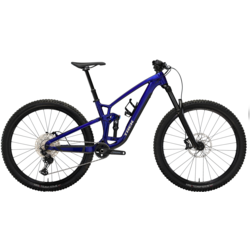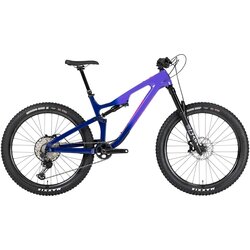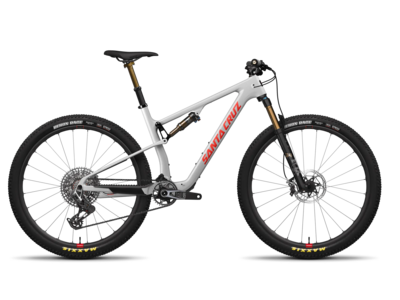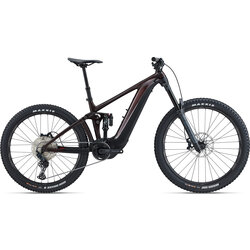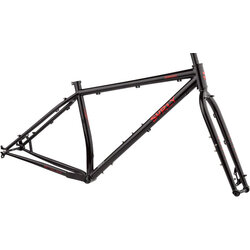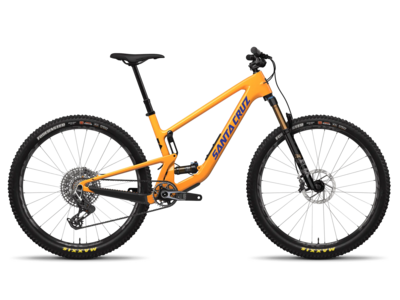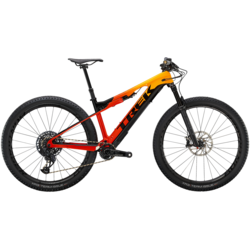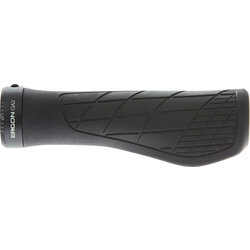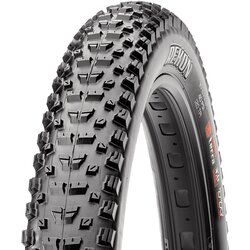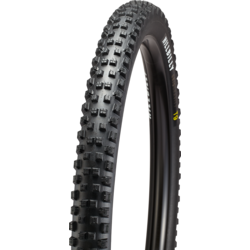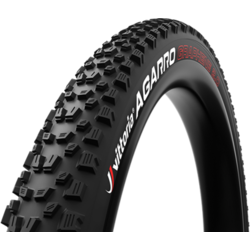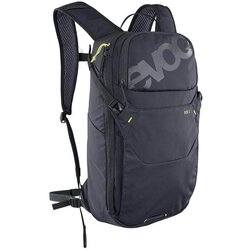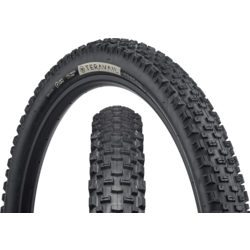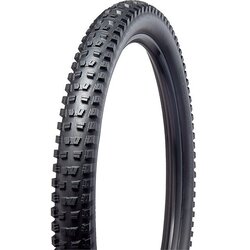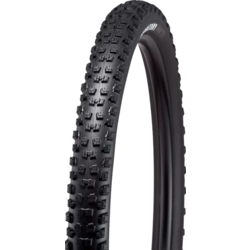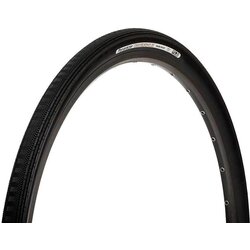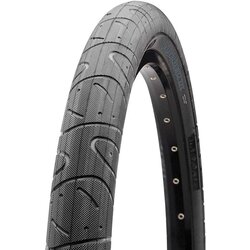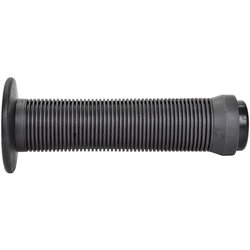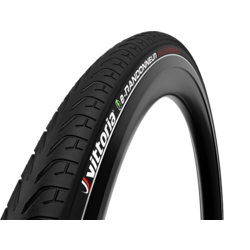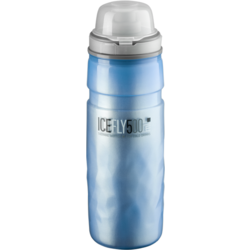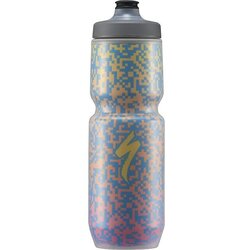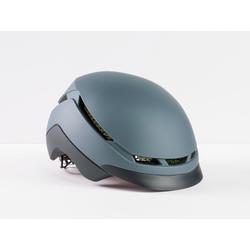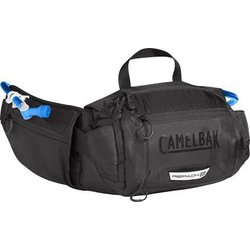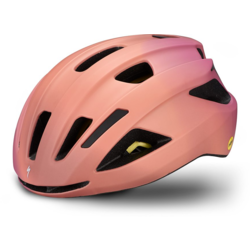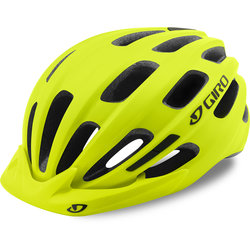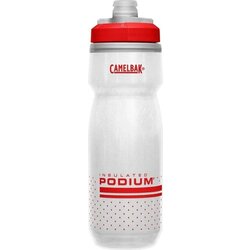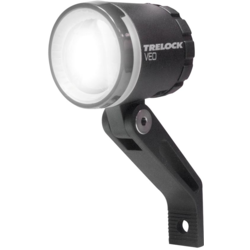Mountain Bike
Buyer's Guide
Find the perfect bike:
Why do you want to ride?
Step 2 / Start over
I want to commute,
ride trails, and more
I just want to have fun
riding singletrack
I want to go fast,
with no energy wasted
I want an electric bike,
with a motor to assist me
Shop All Mountain Bikes
Want to learn more about mountain bikes?
Types of Mountain Bikes
Mountain bikes are the workhorses of the bicycle world. Designed to handle anything, they are useful for conquering mountain trails, dirt roads, and even snow-covered paths. You'll find three basic wheel sizes: 26-inch, 27.5in, and 29-inch. Mountain bikes come in various styles; the four basic disciplines: Cross Country (XC), Trail, Downhill, and Fat Bikes. The E-Mountain category has models that cover most of these disciplines as well.
Cross Country Mountain Bikes
Typical specs: 60–130mm of suspension travel; 67–70° head-tube angle
Good for riders who want: a bike that's light, nimble, and efficient for fast climbing and quick handling on cross country trails or at the races.
Trail Mountain Bikes
Typical specs of a trail bike: 120–180mm of suspension travel; 65–68° head-tube angle
Good for riders who want: to ride all the trails, from local laps to epic excursions and you need a bike built to handle all your ups and downs.
Downhill Mountain Bikes
Typical specs: 180-200mm or more of suspension travel; 62–64° head-tube angle;
Good for riders who want: to ride at lift-serviced bike parks, or have a shuttle to take them to the top of the run.
Fat Bikes
Typical specs: Oversize tires, from 3.7 to 5 inches or more, and usually ridged or hardtail suspension.
Good for riders who want: to ride on snow, sand or other loose surfaces.
Electric Mountain Bikes
Typical specs: Unlike traditional mountain bikes, these bikes are classified more by pedal-assist characteristics. High powered assistance along with a larger battery and usually longer travel suspension to tackle any terrain. Or to less powerful assistance with a smaller battery giving you a lighter bike that feels more like a regular mountain bike with a little extra kick to get up up the hills.
Good for riders who want: to expand their riding range considerably and leave no terrain untouched!
Parts of a Mountain Bike
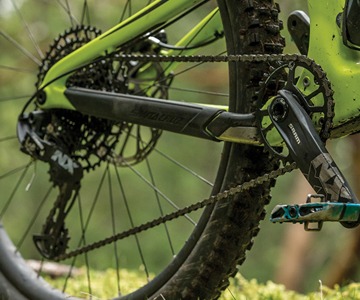
Drivetrain
The most common gearing options in the mountain bike world are 1 or 2 chain rings paired with a wide-range 10-speed cassette. The chain is shifted from cog to cog using a front derailleur over the crank and a rear derailleur by the cassette. Value-minded bikes will have fewer cogs (or speeds) on the cassette. A drivetrain with 2 chain rings and 10 cogs on the cassette will have 20 speeds (2 x 10). Additional speeds on a cassette create smaller gaps between shifts: say you're pedaling up a hill and your legs are starting to burn, a downshift on a 10 speed cassette will be less noticeable than a downshift on a 7 speed cassette. The newest trend for drivetrains is a single chain ring paired with an extremely wide-range cassette. This saves weight, reduces complexity, and gives you almost the same range.
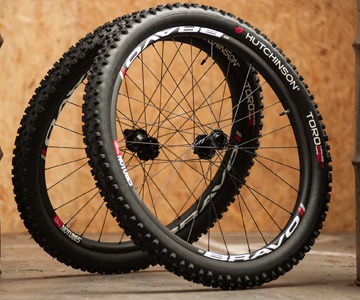
Wheels
Weight, hub engagement, and rim width all have a massive impact on how well a bike performs. With advances in carbon fiber, aluminum extrusions, and the rise of disc brakes, rims are getting lighter, stronger, and wider. A lighter rim decreases the rotational mass of a wheel, making it easier to accelerate and change direction. Another factor to consider is rim width. Wider rims give tires more support while cornering, and change the shape of the tire to improve traction. The last thing to consider when looking at wheels is rear hub engagement. Engagement is how many degrees the cassette can turn before it drives the wheel forward. In technical terrain, a smaller degree of engagement allows you to keep your pedals where you need for quick power.
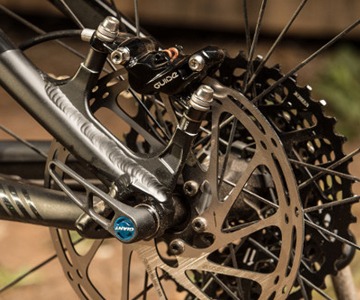
Brakes
Modern mountain bikes use disc brakes to deliver excellent stopping power and control in a wide variety of conditions. A brake lever actuates a caliper; pistons in the caliper compress the brake pads on to the rotor which, in turn, slows the wheel. There are two types of disc brakes: mechanical and hydraulic. Mechanical brakes use a cable to actuate the caliper. These brakes are are easy to service, and work great in cold temperatures. Hydraulic brakes use hydraulic fluid to actuate the pistons, just like you would find in a car or motorcycle. They have more stopping power and better lever feel, or modulation, than mechanical brakes. They do require a bit more maintenance and periodically must be "bled" of air, for optimum braking performance.
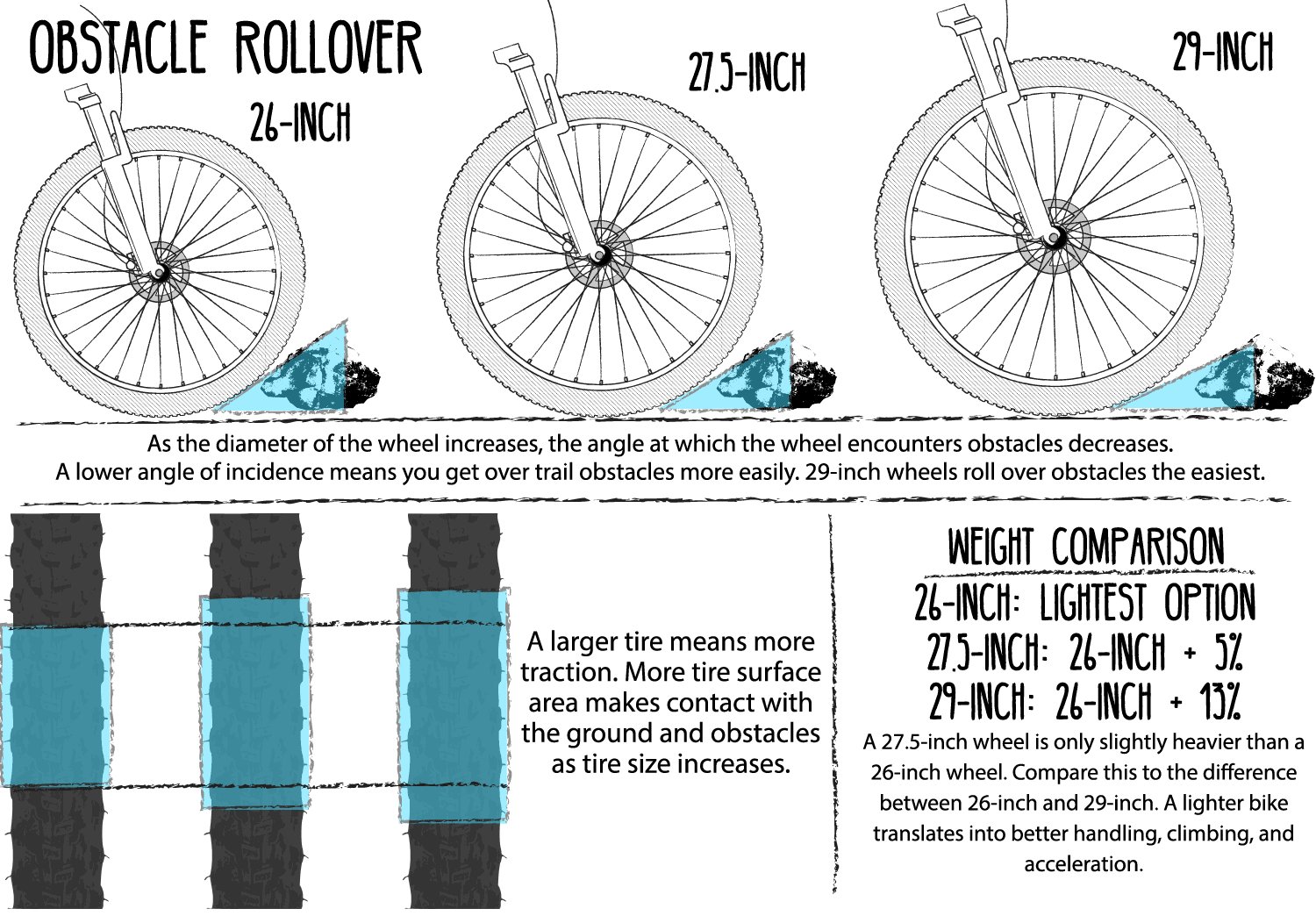
Wheel Size
Wheel size will be one of the most important variables to look at when shopping for a new mountain bike. Currently, the most common sizes are 27.5 (650b) and 29-inch wheels. In the past, mountain bikes all ran on 26-inch wheels. Standards have since given way to several wheel options. After the widespread adoption of 29-inch wheels in the late 2000's, manufacturers started to look at wheel size to make performance gains. 27.5 emerged as a great compromise that balances most of the maneuverability of their 26-inch cousins, but delivers much of the efficiency and technical ability of the 29-inch wheel size.
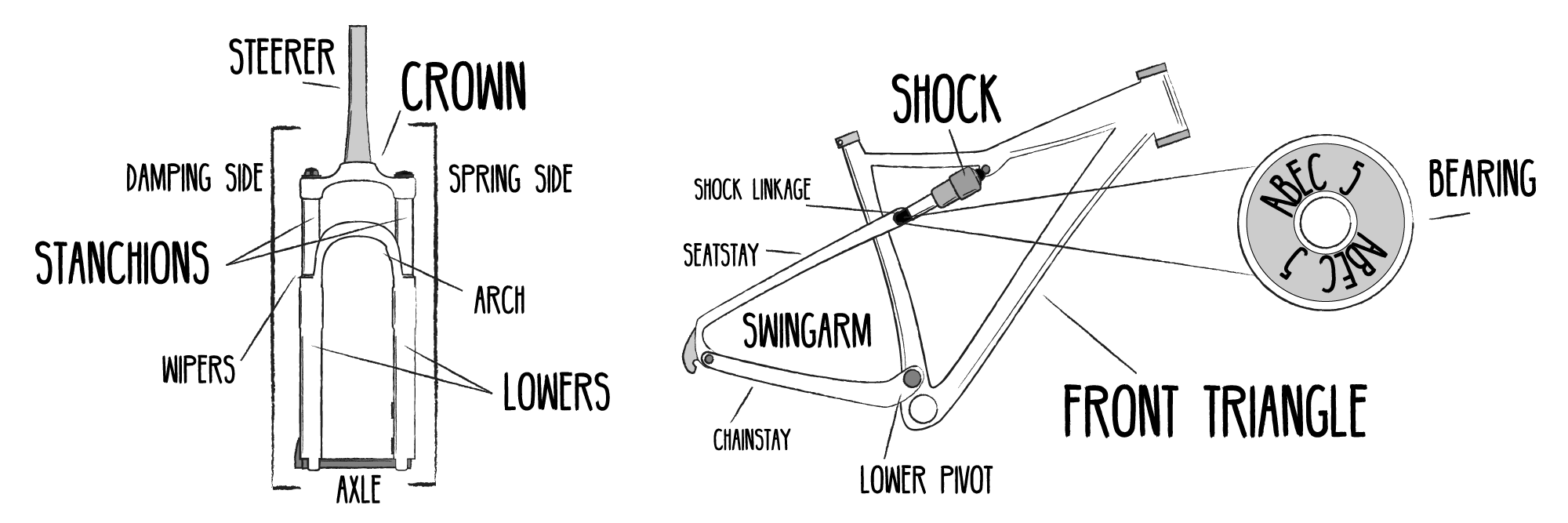
Mountain Bike Suspension
Mountain bikes come in three flavors: rigid (no suspension); hardtail (suspension up front but not in the back); and full suspension (suspension front and rear). Suspension provides a smoother ride, increased control, and improved handling. The downside is that suspension components add weight.
Lower-end suspension is often nothing more than a coil spring and a rudimentary damping circuit that controls pre-load and rebound. More sophisticated suspension systems use air springs and give you more adjustments to control and change how it reacts as you roll over bumps, rocks, and ramps. Usually the more expensive the suspension component, the better performance you will experience.
Suspension is measured in millimeters of travel. For example, you might see that a fork has 100mm of travel. This translates to about 4 inches. Suspension travel in a fork is a measurement of how much the lowers slide up and down the stanchions. Suspension travel in a frame is determined by the layout and design of the frame itself. More travel translates to a more capable suspension system.
How do I know I am buying the right size?
If you know your height, you can use our helpful sizing charts to see which frame size is best for you. You can always call, email or visit us if you’re between sizes or if you have any questions.
*These size charts are just suggested. Always check the manufacturer’s site for the most accurate size chart.
Tips to Make Your Purchase Perfect
Now that you have an idea on what mountain bike to get, it's time to come into our store and do some test riding to see how the models compare in person. This will complete the picture and give you a chance to see what you get at the various price points.
Proper fit is much more important than price.
No matter how nice the bike, it will be uncomfortable if it doesn't fit you properly. Come in to see us so we can size you and ensure that you get the right bicycle.
Buy once.
It's almost always less expensive to get the frame, wheels and components you want initially than to upgrade later.
Remember, you'll need a few accessories before you head out on a ride.
A water bottle and cage, bike computer, new helmet, and pedals will complete the package so you can get out on the road!

